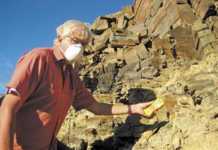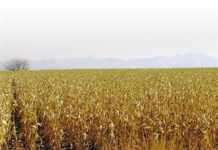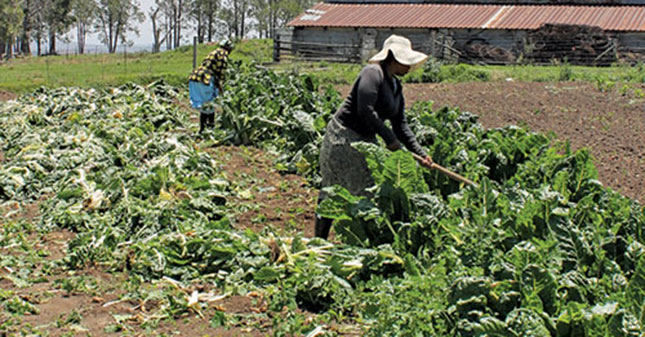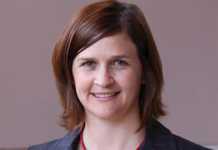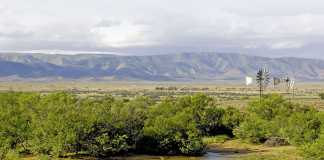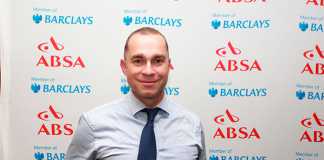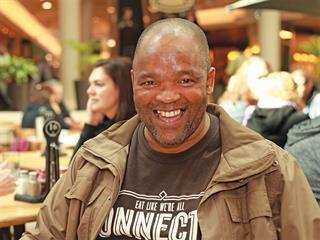
What are Indwe Trust NPC’s main objectives?
Indwe Trust NPC [non-profit company] aims to transform communities by converting available resources such as water, cattle, grasslands and labour into assets to improve their livelihoods.
Could you elaborate on the trust’s ilima philosophy’?
It means to farm or to plant in isiXhosa. We want everybody in a community to come together and work for the benefit of all. For example, people should share their seeds during the planting season, while others could bring their ploughs and oxen to plough the land, and the rest could contribute their labour. At harvest time, everybody who contributed can then share in the harvest. We’ll get further if we share what we have rather than continuing to compete with each other.
What are the main constraints to rural development?
There are many issues, including the quality of livestock genetics, the meat classification system, slaughter points, infrastructure to support grazing, and the rearing, selling and processing of animals, as well as marketing, the lack of residue monitoring and traceability programmes.
How should animal genetics be improved?
Genetics and marketing are intertwined. The South African red meat industry generates more than R6,7 billion per year. There are about 14,2 million cattle in the country, of which just fewer than half – 6,7 million – are owned by communal farmers. Despite this, these farmers account for only about 5% of the country’s total beef production. The rest of the beef comes from feedlots via commercial farmers.
Communal cattle farmers experience two problems with the marketing of their animals. Firstly, they farm indigenous breeds such as Afrikaner, Nguni and Tuli. These breeds do not perform as well in feedlots as some European breeds. Secondly, farmers are penalised about R2/ kg to R6/kg for yellow fat on carcasses, which is the result of the cattle being reared on grass pastures.
Do you think communal farmers should change to other breeds?
No, they should stick to breeds that perform well under South African conditions. These breeds are more disease-resistant and better able to tolerate dry conditions than some of their European counterparts. The genetics of cattle in communal areas should be improved, but we won’t have to start from scratch because an abundance of good genetic material is already available on commercial farms.
I often meet small-scale farmers who tell me they want to buy a Limousin or other European breed bull, because they saw it at an auction. I caution them that these are big animals with big appetites – you don’t know how they will perform under our harsh and extensive climatic conditions. It is better to stick with animals that know how to find grazing during dry spells.
What is the solution to communal farmers’ marketing constraints?
We have to change the way in which meat is classified and sold. At the moment, the classification system is based on the age of an animal. For example, farmers sell animals of between six and eight months old to feedlots. These are then sold as Grade-A beef at about 18 months old. We would like class A and class AB meat to receive the same price/ kg, and farmers should also not to be penalised for yellow fat.
Ideally, there should be a separate value chain for farmers who want to finish off their animals themselves and sell them at 21 months. They should then be able to sell these animals as veld-reared and receive a premium price. Veld-reared in this context does not mean the same thing as a similar term used by retailers. A common understanding of the terminology used should therefore be established.
However, communal farmers do not usually have many head of livestock and are generally quite isolated from the market. Selling their animals directly to the market would require investment in infrastructure.
What infrastructure is needed?
Access to individual livestock identification, traceability and performance programmes, as well as abattoirs, are essential.
We’ve already identified a possible solution for access to markets and abattoirs – mobile abattoirs. We are considering implementing the model used by Swedish meat processing company, Hälsingestintan. The company supplies 30% of all meat sold in Sweden, all from grass-reared livestock.
About 32 cattle or 96 sheep per day can be slaughtered in a mobile abattoir by eight people. It consists of two trailers, of which one is the actual abattoir, complete with meat chilling facilities, while the other can be used by meat inspectors, or as a staff changing and washing area.
The truck towing the trailer provides an additional cooling facility for the carcasses and internal organs, and can house storage bins for hides. The extra cooling area can be converted into an alternative-use facility so that work can continue uninterrupted. Livestock is subjected to much less stress in a mobile abattoir because the animals do not have to be transported for long distances.
When will you introduce the first mobile abattoir to South Africa?
We’re still trying to raise the funds to buy a pilot mobile abattoir at a cost of R13,5 million, which we hope to import from Sweden. As these facilities are EU-certified, we’d be able to export the meat processed if it complies with all export protocols. Once the first mobile facility is in place, we’ll investigate the possibility of manufacturing others locally.
How would you address the problem of traceability?
Most stud farmers in South Africa use electronic ear tags, but we have to get everybody on board. Our aim is to ensure that all animals are electronically tagged, as in some African countries such as Botswana and Namibia, as well as the US and Australia. These ear tags must contain all the animal’s information such as production records and medical history. In this way, we’d be able to guarantee that meat is safe and complies with the required production standards.
Adding a GPS to these ear tags would also help to monitor animals’ movements, and help to fight stock theft. South Africa also needs a chemical residue monitoring programme to guarantee that meat does not contain unacceptable levels of residue.
Where will you market communal farmers’ meat?
We’ll market the meat to public institutions such as universities, colleges, hospitals and prisons, as well as the food service sector. Retailers will follow later.
How are you empowering farmers to manage their land more sustainably?
We teach them to rotate animals onto different parts of the land, so that pastures have time to recover before being grazed again. At the moment, animal movement is controlled by electric fences. Dominant animals in a herd quickly learn about the danger posed by the fences, and eventually the entire herd avoids them. Once this has been achieved, you no longer have to activate the fences.
Animals in a communal herd have to be overseen by at least two stockmen at all times and are moved around with the help of herders. Grazing time depends on the type and of animals and the quality of the grass. Animals graze from sunrise to sunset and are kept in a moveable kraal at night.
How did you get where you are today?
My parents were farm workers in the Eastern Cape and I was the first in our family to finish matric with exemption. I wanted to study engineering, but it was not possible at the time, so instead I joined the banking sector. I then worked in the mining industry where I worked myself up to senior mine surveyor. Here my paths crossed with American, Michael Lernier, who helped me secure a USAID scholarship to study civil engineering at the University of Texas in the US.
I majored in water resource management. On my return to South Africa, I joined an engineering firm in Cape Town, while also becoming involved in uplifting rural families in the Eastern Cape. After being awarded the Nelson Mandela Scholarship, I enrolled at Cambridge University in the UK for a Master of Philosophy in engineering, specialising in sustainable development.
On completion, I obtained an MBA from the University of Cape Town and also became the first South African to enter the Beahrs Environmental Leadership Program at the University of California. I also studied environmental management at the Watson Institute at Brown University.
Why did you decide to settle in South Africa after your studies abroad?
I believe this is where my education can add value to the lives of people who need my help. When Nelson Mandela presented the beneficiaries with their scholarship awards, he asked us what we were going to do once we had finished our studies. I wanted to use the knowledge gained to empower others who were less fortunate than me.
Phone Mpumelelo Ncwadi on 078 101 3105 or email [email protected].

